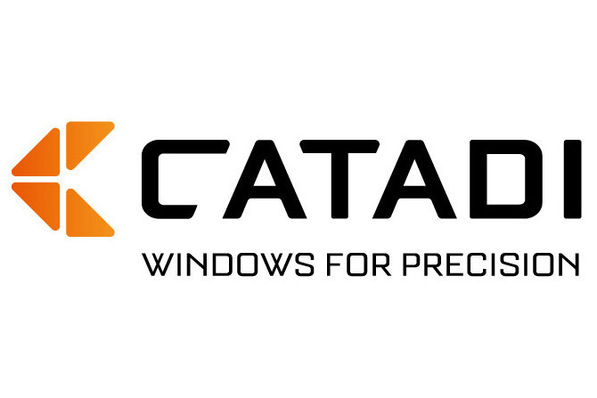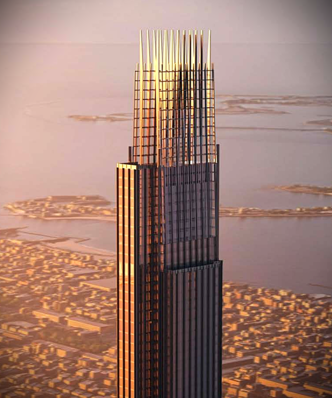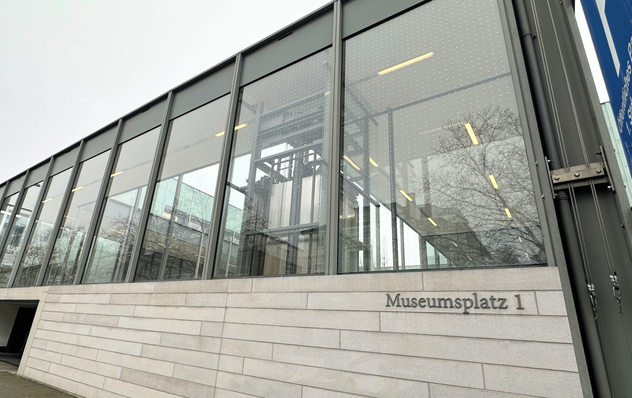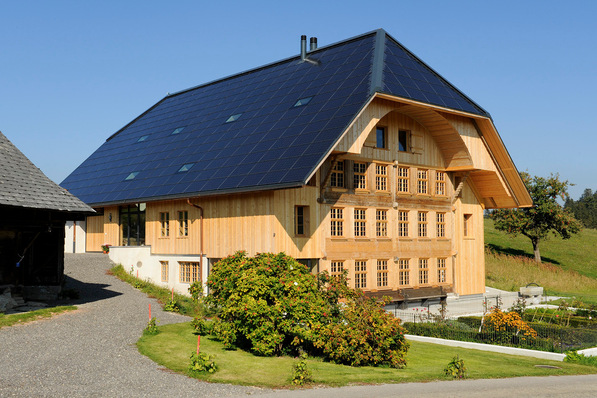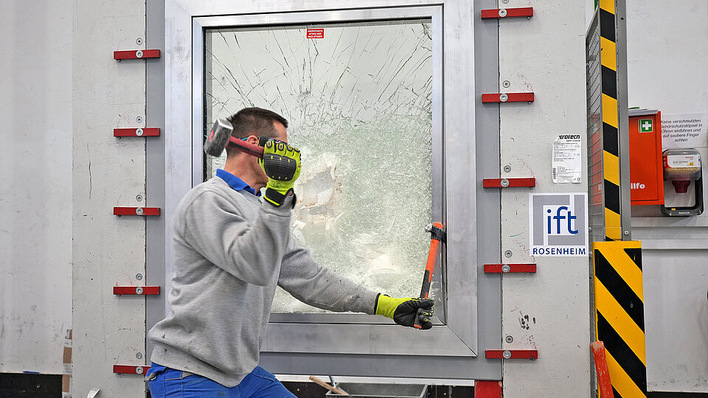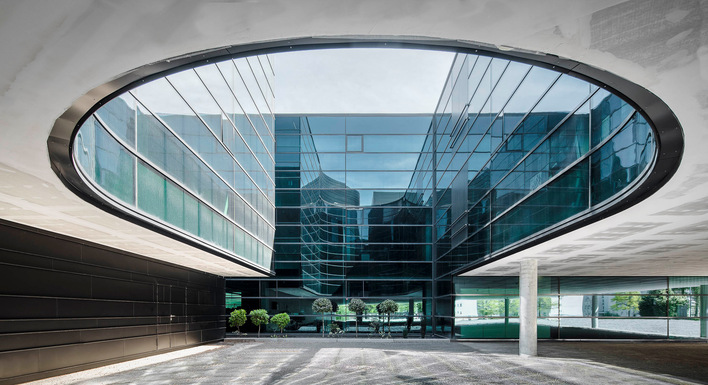The noise associated with jet engines can reach between 120 and 140 decibels, and so it is clear to see why many airports employ advanced noise-attenuation technology. In recent years, simple, “solid-wall” approaches to noise control have arguably been surpassed in many applications, by the introduction of advanced sound control glazing interlayers, such as Trosifol SC Monolayer (sound control product line).
As a result, architects and engineers now have the ability to use more and more aesthetic and functional glazed structures in their designs, without the fear of too much noise adversely affecting passengers and staff in the terminals.
The deployment of advanced acoustic interlayers in glass laminates is not just restricted to new builds. Given their ability to outperform monolithic glass, they are ideal for refurbishments or expansions too; something that recently caught the attention of the architects working on an airport upgrade in Brazil.
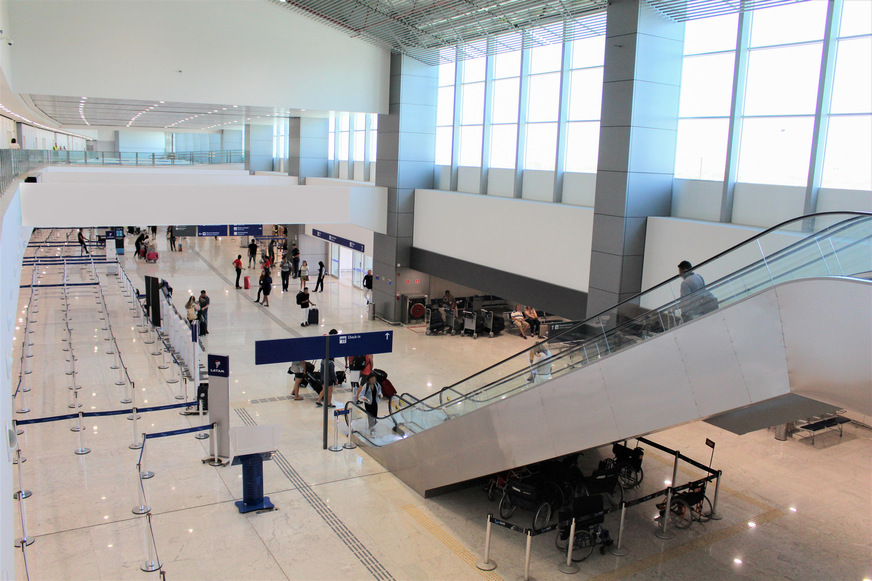
Kuraray/Trosifol
The Pinto Martins Airport, in the state of Ceará, had undertaken significant work to both renew existing facilities and construct a new two-story extension to the terminal. Designed by Luiz Deusdara Building Workshop (LDBW), the new terminal includes 2,100 m2 (22,600 ft2) of glazing, which has been designed to open up the building to let in as much natural light as possible.
Glass beats noise
To counter the noise issue, the glazed panels are comprised of 14.76 mm (0.6 in) thick laminated acoustic glass, fabricated by Glassec Viracon, which is constructed from 6 mm (0.24 in) fully tempered clear glass with a reflective coating + 0.76 mm (30 mil) Trosifol SC Monolayer PVB + 8 mm (0.31 in) fully tempered green glass.
Façade consultant Igor Alvim, Technical Director at QMD consulting, explains: “There is a real need to provide airport users and the staff that work there with greater acoustical comfort. Our research showed that the 6 + 8 mm panel, with a sound insulated interlayer reached the necessary indexes which would provide the comfort level we were looking for. This research was helped by the fact that one of Brazil’s largest airports also uses this design.
Additional testing was not necessary
The colouring was chosen for two reasons, firstly to provide thermal control and secondly to maintain the overall appearance of the new terminal in relation to other buildings. In addition, as a lot of the profiles, accessories and systems used are well known and certified, additional site- and application-specific testing was not necessary.”
Trosifol is the sole supplier of mono- and multilayer PVB for the acoustic glazing market. Thanks to its high adhesive strength, Trosifol SC Monolayer is particularly suitable for laying between plies of heat-strengthened or fully tempered glass.
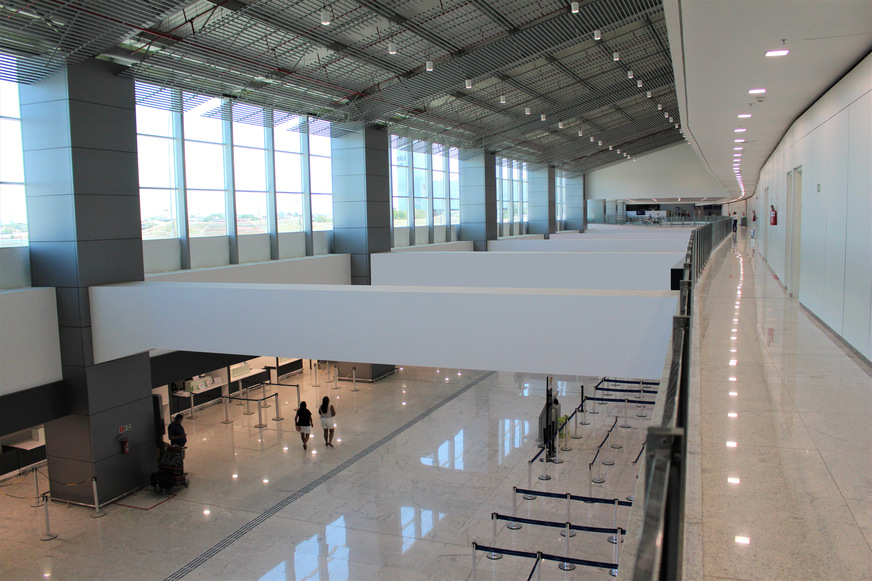
Kuraray/Trosifol
Moreover, Trosifol SC Multilayer can also be combined with other, e.g. coloured, PVB variants. the acoustic properties of Trosifol SC Multilayer are supplemented by further safety features, so a glass laminate containing Trosifol SC Multilayer achieves impact resistance level P2A conforming to EN356.
As interlayers undergo further development, more and more applications are being found for glass, to replace solid walls, giving architects new-found freedom to design open and visually appealing structures.








